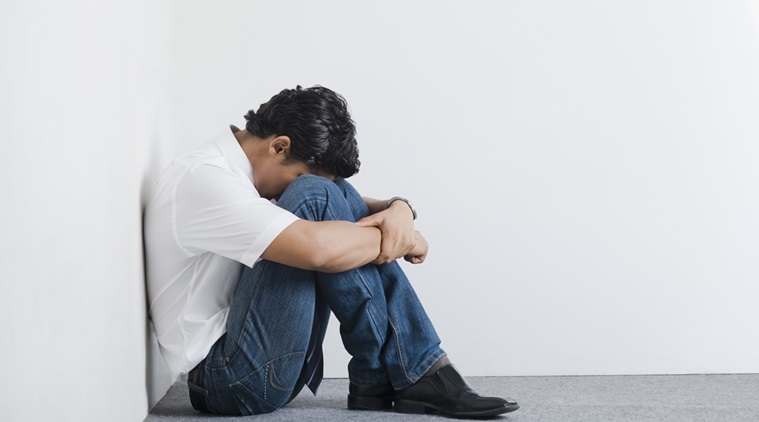Fashion & Faith
Fashion, faith tie into art of head-wrapping at expo in Dearborn
By Niraj Warikoo
For Zarinah El-Amin Naeem, wearing a head-wrap is not just about fashion, it’s about spirituality and connecting with people of diverse cultures around the world.
“You look at queens and kings, and you see they have something on their heads,†Naeem, 34, of Detroit explained Sunday. “There is a magic in wrapping, one that many spiritual and religious practices across the globe have tapped into for centuries.â€
On Sunday, more than 500 people packed a center at the University of Michigan-Dearborn for an expo on head-wrapping organized by Naeem. It drew Jewish, Christian, Muslim, African, Japanese, white, South Asian, and Arab women interested in learning about the latest fashions in head-wraps. People from Baltimore, Toronto, Chicago and London, as well as from countries such as Ghana and Somalia, attended the expo, the first year it was held in metro Detroit.
In the West, head-wrapping is often associated with the Muslim community, but it has also been a part of Sikh, African, Hindu and early Christian cultures. Women and men wrap their heads for a range of reasons: from protection against hot and cold climates to spirituality to fashion.
“We’re inspired by all the faiths that head-wrapping has been a part of,†Naeem said. “The expo is about loving people of different cultures.â€
Standing more than two feet above Naeem’s head Sunday was a blue-and-gold wrap known as a “gele,†done Nigerian style. An African-American Muslim, Naeem has worn head-wraps for much of her adult life, blending African, African-American urban and Islamic styles to create her own unique identity.
“The act of wrapping is like the building of courage, strength, spirituality and love all at once,†she said. “With each fold, tuck or pull of the cloth, you become beautifully wrapped in a sense of inner strength and a higher purpose.â€
For Naeem and others at the expo, head-wraps are a way to express their individuality and beauty. Observant Jewish and Muslim women cover their heads for modesty reasons, but don’t see that as prohibiting them from being stylish.
Angel Mechling, 34, of Dearborn, a white convert to Islam who wears an Islamic headscarf often referred to as hijab, brought her 12-year-old daughter to Sunday’s expo.
“I want her to know that hijab is not a burden, but about freedom, fun and fashion,†Mechling said. Mechling said she wears hijab so “I can be seen as a person rather than for my sexuality.â€
Ndidi Okakpu of Chicago grew up Muslim with a father from Nigeria. Her head-wraps are variations of the Nigerian gele that “express my American personality,†she said.
Naeem’s father is Imam Abdullah El-Amin, one of metro Detroit’s longtime Muslim leaders. He attended Sunday’s expo, saying “it was intercultural, interracial, interfaith, inter-everything.â€
The views of Muslims at the expo were echoed by the Jewish women who attended.
Rivka Malka Perlman, 37, of Baltimore had a booth at the expo with her company Wrapunzel. Like other Orthodox Jewish women who are married, Perlman covers hear hair. Some in the Jewish community prefer wearing wigs or hats to cover their hair, but Perlman likes head-wraps. In Judaism, the soul is rooted in the brain, and so head-wraps take people “away from sensuality and into beauty and dignity,†she said.
Gail Weinenger, a 26-year-old Orthodox Jewish woman from Southfield, said she likes head-wraps instead of wigs because it signifies: “I’m different because I’m Jewish.â€
“I’m more comfortable with scarves,†said Weinenger, wearing a blue and pink scarf. “They’re more fun and pretty.â€
Contact Niraj Warikoo: nwarikoo@freepress.com
Detroit Free Press
15-48













2013
1,250 views
views
0
comments